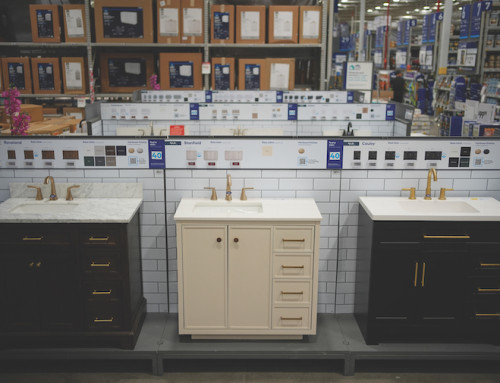Norton Audubon Hospital in Louisville, Ky., used to get all of its air conditioning from a conventional system found in most buildings, but now 27 tanks of ice sustain a network of cold-water pipes keeping operating rooms at safe temperatures and patients comfortable.
That type of thermal energy storage, also known as ice batteries, is being added to buildings for its ability to provide cool air without releasing planet-warming emissions. The systems cut electricity usage and lower the strain on the grid. With rising temperatures and the growing demand for electricity, ice thermal energy storage offers a sustainable option for cooling buildings.
Trane Technologies, a company that makes heating and cooling equipment, says it has seen a growing demand for this technology over the past few years.
Its ice batteries are mostly used in schools, as well as commercial and government buildings.
Nostromo Energy, another company that makes ice batteries, is pursuing customers among energy-intensive data centers that have high cooling demands. Smaller systems also are made for homes by companies such as Ice Energy.
Ice thermal energy storage technology varies between manufacturers, but each follows a similar concept: At night when electricity from the grid is at its cheapest, water is frozen into ice that thaws the next day to cool the building. The ice chills water that is circulating through pipes in the building, absorbing heat from the rooms and creating a cooling effect. Air cooled by the system is then pushed through vents.
Norton Audubon Hospital uses a Trane ice battery system. Trane said its ice batteries often are used alongside traditional air conditioning, and the ice-based cooling is used to lower energy costs during peak demand times. The traditional AC components typically are left in place or downsized when ice batteries are added. The stored ice doesn’t require energy to thaw, which reduces the strain on the grid and minimizes the building’s electricity usage, ultimately lowering monthly bills.
“Storing energy for further uses is where we’re going with the future of the grid,” said Ted Tiffany, senior technical lead at the Building Decarbonization Coalition. He said access to air conditioning is a major public health need that is being exacerbated by a warming planet, and ice batteries are a sustainable way to address health risks associated with extreme heat.
Energy costs at Norton Audubon were $278,000 lower for the first year the ice battery system was in operation after it was installed 2018. The hospital estimates that the system and other energy-saving measures have saved it nearly $4 million since 2016.
“The technology has been awesome for us,” said Anthony Mathis, a Norton Healthcare executive who oversees sustainability. He said he receives inquiries from other building operators about the technology and thinks more facilities will adopt it as awareness grows.
California is the biggest market for the technology because the grid there uses a lot of solar power during the day but switches to energy sources such as natural gas after the sun sets. Ice batteries can be used for air conditioning in the late afternoon and evening instead of drawing from the grid.








